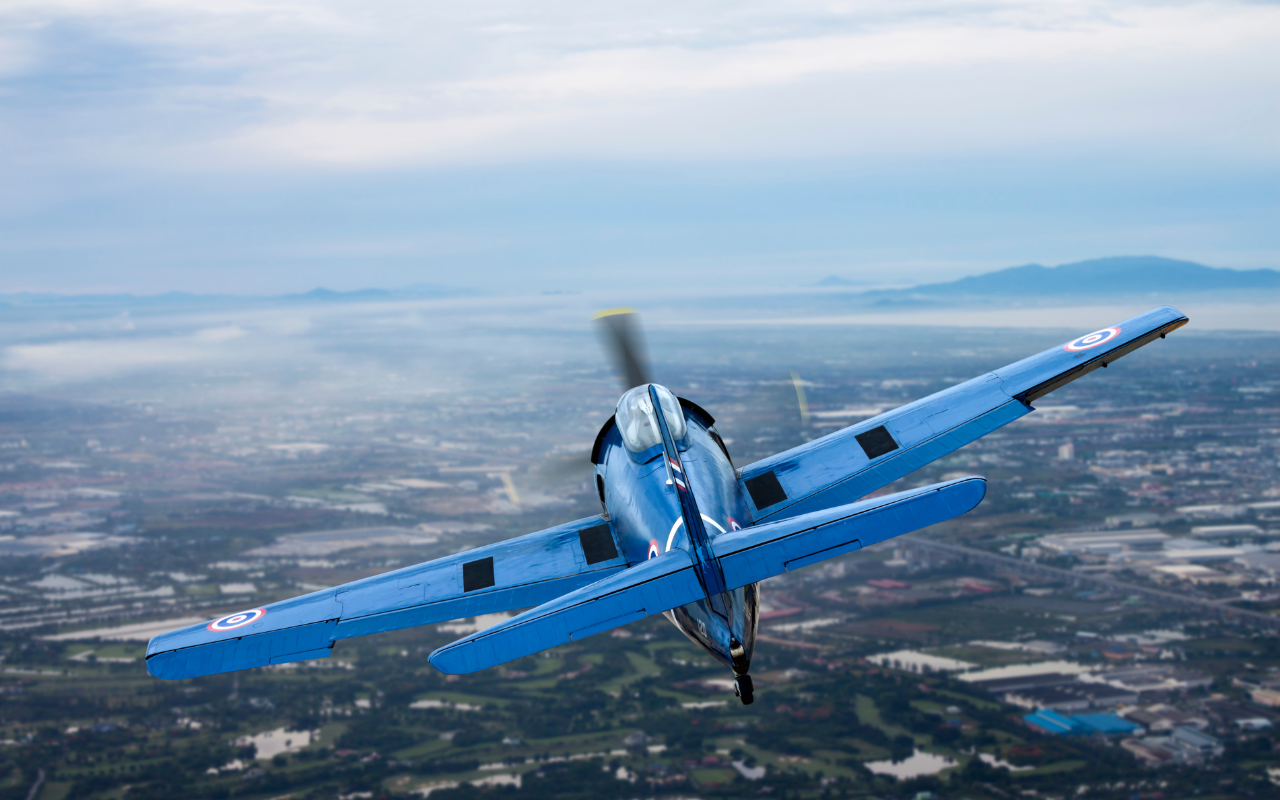Emerging Trends in Aviation: The Rise of Light Sport Aircraft
The aviation industry is experiencing a transformative phase, with innovations and new categories of aircraft emerging at a rapid pace. Among these, Light Sport Aircraft (LSA) have gained significant attention, promising to democratize the skies by making flying more accessible and affordable. This article delves into the surge of LSAs and the innovations shaping the future of aviation.
Exploring the Surge of Light Sport Aircraft

In recent years, Light Sport Aircraft (LSA) have captured the interest of aviation enthusiasts and industry stakeholders alike. LSAs are designed to be simpler and more affordable than traditional aircraft, which has led to a broader demographic of pilots taking to the skies. This category of aircraft is particularly appealing to those who may have been deterred by the cost and complexity associated with earning a private pilot’s license or purchasing a more conventional aircraft. The rise of LSAs is also fueled by regulatory frameworks that have adapted to encourage their development, such as the FAA’s Sport Pilot License, which simplifies the requirements for flying these aircraft.
The appeal of LSAs extends beyond affordability. These aircraft are typically characterized by their lightweight materials and innovative design, which enhance fuel efficiency and reduce environmental impact. As sustainability becomes a more pressing concern in aviation, LSAs offer an attractive solution by consuming less fuel and emitting fewer pollutants. Moreover, the smaller size and improved efficiency of LSAs make them ideal for short-haul flights and recreational use, catering to a growing market of leisure pilots and flight schools.
Market data reflects this growing interest. According to industry reports, the global LSA market is expected to expand significantly over the next decade, as advancements in technology and production techniques make these aircraft even more appealing. The increased interest is not just limited to individual pilots; charter services and flight training schools are also investing in LSAs, recognizing their potential to offer cost-effective services. This surge marks a pivotal shift in the aviation landscape, as LSAs pave the way for a more inclusive and versatile flying experience.
Innovations Shaping the Future of Aviation

The rise of Light Sport Aircraft is not happening in isolation but is part of a broader wave of innovations driving the aviation industry’s evolution. One significant area of development is in propulsion technology. Electric and hybrid propulsion systems are becoming increasingly viable for LSAs, offering quieter, cleaner, and more efficient alternatives to traditional internal combustion engines. Companies like Pipistrel and Bye Aerospace are at the forefront of this trend, with electric models that promise to revolutionize short-haul and training flights.
Another notable innovation is the integration of advanced materials and manufacturing techniques. Composite materials, which offer high strength-to-weight ratios, are being utilized to enhance performance and safety while reducing maintenance costs. 3D printing and modular assembly processes further streamline production, making it easier and more cost-effective to bring new LSA models to market. These technologies not only improve the aircraft themselves but also lower the entry barriers for new manufacturers, fostering a competitive and dynamic market.
Furthermore, the incorporation of digital technology is reshaping how LSAs are flown and maintained. Advanced avionics systems now offer greater automation and connectivity, providing pilots with enhanced situational awareness and operational efficiency. The integration of data analytics and predictive maintenance technologies ensures higher reliability and safety, minimizing downtime and extending aircraft lifespan. Together, these innovations are not only enhancing the capabilities of LSAs but are also setting new standards for the broader aviation industry.
As Light Sport Aircraft continue to grow in popularity, they are redefining the aviation landscape by making flight more accessible and sustainable. These aircraft are at the forefront of technological advancements that promise to revolutionize how we think about flying. With advancements in propulsion, materials, and digital technology, LSAs are poised to play an increasingly significant role in the future of aviation, offering new opportunities for pilots, manufacturers, and the industry as a whole. As the aviation sector continues to evolve, the rise of LSAs highlights a trend towards more innovative, inclusive, and environmentally conscious flight.



